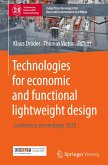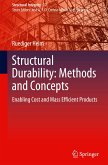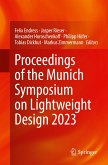The use of non conventional and innovative materials is ever more important in the automotive design. They allow to reduce the weight of structures with a consequent reduction in fuel consumption and carbon dioxide emission. At the same time they ensure excellent safety levels. Once excellent results in terms of active and passive safety have been obtained, the attention of car manufacturers and of the public opinion has been focused on the safety of the vulnerable road users (VRU), pedestrians and cyclists. Some examples of redesign activities with weight reduction target are illustrated. In particular the attention is focused on the redesign of bonnets with the double target of weight reduction and pedestrian safety. Hybrid metal/plastic and more usual metal sheet solutions have been compared. The static performance (stiffness and denting resistance) as well as the impact against a pedestrian head have been evaluated by means of FEM models along with actual regulations.







